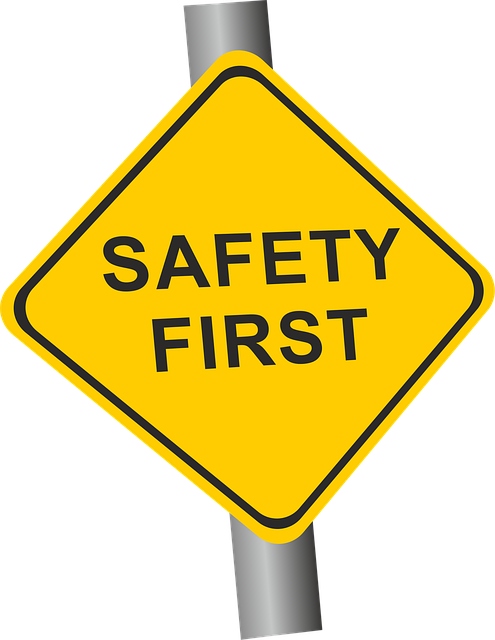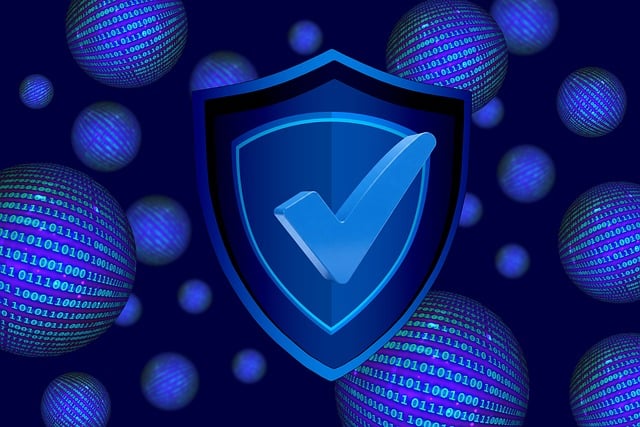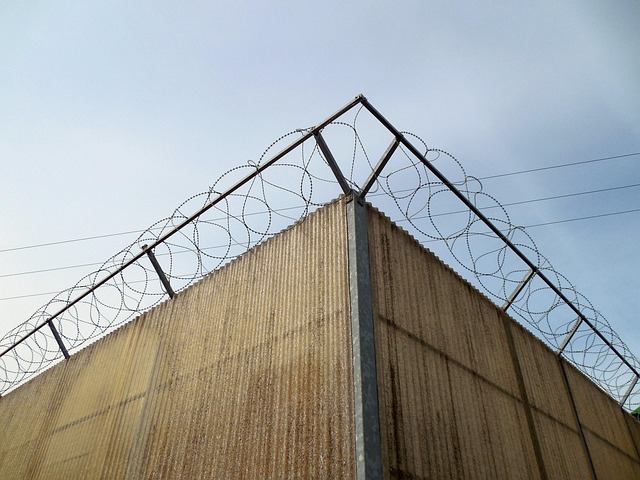Off-campus housing offers students independence but presents unique safety challenges. Ensuring safety involves addressing unauthorized access, fire safety education, and regular maintenance checks by landlords. Prioritizing safety includes researching safe neighborhoods, seeking properties with security features, and implementing robust locks and emergency exits. Technology like smart locks and security cameras enhances security, while open communication channels encourage prompt reporting of suspicious activities. Emergency preparedness through collaboration and drills further mitigates risks associated with off-campus housing.
Ensuring the safety of students living off campus is paramount for both residents and educational institutions. This article explores comprehensive strategies to fortify security in off-campus housing, addressing multifaceted risks unique to these environments. From understanding location-specific hazards to leveraging technology for enhanced surveillance, we delve into essential measures like basic safety protocols and robust emergency preparedness plans. By adopting these practices, students can navigate their living spaces with greater peace of mind, prioritizing both personal well-being and academic success.
- Understanding Off-Campus Housing Risks
- Choosing Secure Housing Locations
- Implementing Basic Safety Measures
- Technology Solutions for Enhanced Security
- Emergency Preparedness and Response Plans
Understanding Off-Campus Housing Risks

Off-campus housing presents unique challenges for students, as they transition from monitored dorm life to more independent living situations. Understanding potential risks is a crucial first step in ensuring safety. One significant concern is unauthorized access; with no on-site staff, apartments or houses may become vulnerable to intruders, increasing the risk of theft or even violence.
Additionally, fire safety becomes a top priority. Students should be educated about proper evacuation procedures and equipped with working smoke detectors. Regular maintenance checks by landlords are essential to identify and rectify any structural hazards or faulty appliances that could pose significant risks to residents’ lives.
Choosing Secure Housing Locations

When considering off-campus housing, students should prioritize locations that have a proven track record for safety and security. Researching the neighborhood is paramount; ideal places offer low crime rates, well-lit streets, and proximity to campus security or local law enforcement. Checking if the area has good surveillance systems in place, such as cameras, also adds an extra layer of protection.
Additionally, students can look out for housing complexes with on-site security personnel, emergency call boxes, and regular security patrols. These measures significantly enhance off-campus security, providing peace of mind for residents and a safer environment for everyone.
Implementing Basic Safety Measures

Implementing basic safety measures is a crucial step in enhancing off-campus housing security for students. This includes installing robust locks and security systems, ensuring well-lit common areas, and providing clear emergency exit routes. Regular maintenance of these features can significantly deter potential threats and make the living environment safer.
Additionally, establishing clear communication channels between residents and management is vital. Promoting a culture where students are encouraged to report any suspicious activities or concerns promptly can early on address potential issues. This proactive approach complements the physical security measures by fostering an environment of awareness and preparedness among off-campus housing occupants.
Technology Solutions for Enhanced Security

In today’s digital era, technology offers robust solutions to enhance off-campus student housing security. Smart locks and access control systems enable seamless entry while ensuring only authorized individuals gain access. These innovations allow landlords and property managers to monitor and manage key fobs or codes, reducing the risk of unauthorized entries. Additionally, integrated security cameras with real-time alerts provide round-the-clock surveillance, deterring potential intruders and offering peace of mind for both students and property owners.
Internet of Things (IoT) devices further fortify off-campus security. Motion sensors, smart thermostats, and flood detectors can be connected to central systems, enabling efficient monitoring. During vacancies, these devices can automatically trigger alerts, discouraging break-ins. Moreover, implementing advanced cybersecurity measures safeguards digital entry points, protecting personal data and preventing hacking attempts, which are significant concerns in off-campus housing environments.
Emergency Preparedness and Response Plans

Emergency preparedness and response plans are an integral component of off-campus housing security. It’s crucial for students, property managers, and local authorities to collaborate in developing comprehensive strategies that address various scenarios, from natural disasters to medical emergencies. Effective communication channels should be established to ensure quick response times during crises.
Regular drills and training sessions can help familiarize everyone with the protocols, fostering a culture of readiness. These plans must consider evacuation routes, shelter locations, and the coordination of emergency services. By prioritizing emergency preparedness, off-campus housing communities can mitigate risks and ensure the safety of students living away from home.
